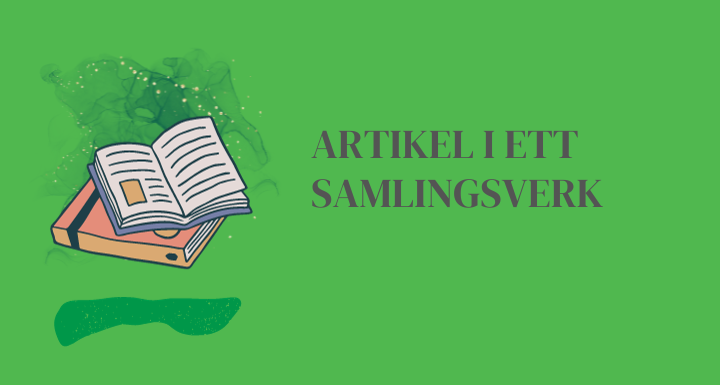Safe Community Designation as Quality Assurance in Local Security Planning
Artikel i ett samlingsverk:
Somerkoski, B. & Lillsunde, P. (2014). Safe Community designation as quality assurance in local security planning. Communications in Computer and Information Science, 450, 194–202. https://doi.org/10.1007/978-3-319-10211-5_20
Abstrakt:
This study is written to encourage the Finnish municipalities to apply the Safe Community designation and to improve the implementation of national programmes on a local level. The existing sustainable safety work in Finnish communities was utilized for writing the guidelines. The infrastructure for fulfilling the requirements for Safe Community designation was appropriate in the Finnish municipalities because of the national programmes and the local safety plans. The third Internal Security Programme “A Safer tomorrow” (2012) and the fifth National Target and Action Programme for the Prevention of Home and Leisure injuries 2014−2020 both focus on how to solve the everyday problems of safety and security as well as prevention of injuries. The objectives and measures outlined in these programmes are encouraged to be taken into account in local security plans. The majority of Finns (95%) live in a municipality that has a local security plan. These plans include leadership in sustainable multi-sector safety collaboration, targets and measures that improve safety and reduce injuries of vulnerable groups, both genders at all ages in any environment. Local plans also include preparedness for disasters. Although the national safety and security planning infrastructure already exists in Finland, the benefit of the Safe Community designation is that the implementation of the measures are audited and controlled in the certification process. The national strategy and the local security and safety planning can be combined with the Safe Community designation requirements. Obtaining a designation as a Safe Community can be seen also as quality assurance of the safety management system in Finland.
Mer information:

